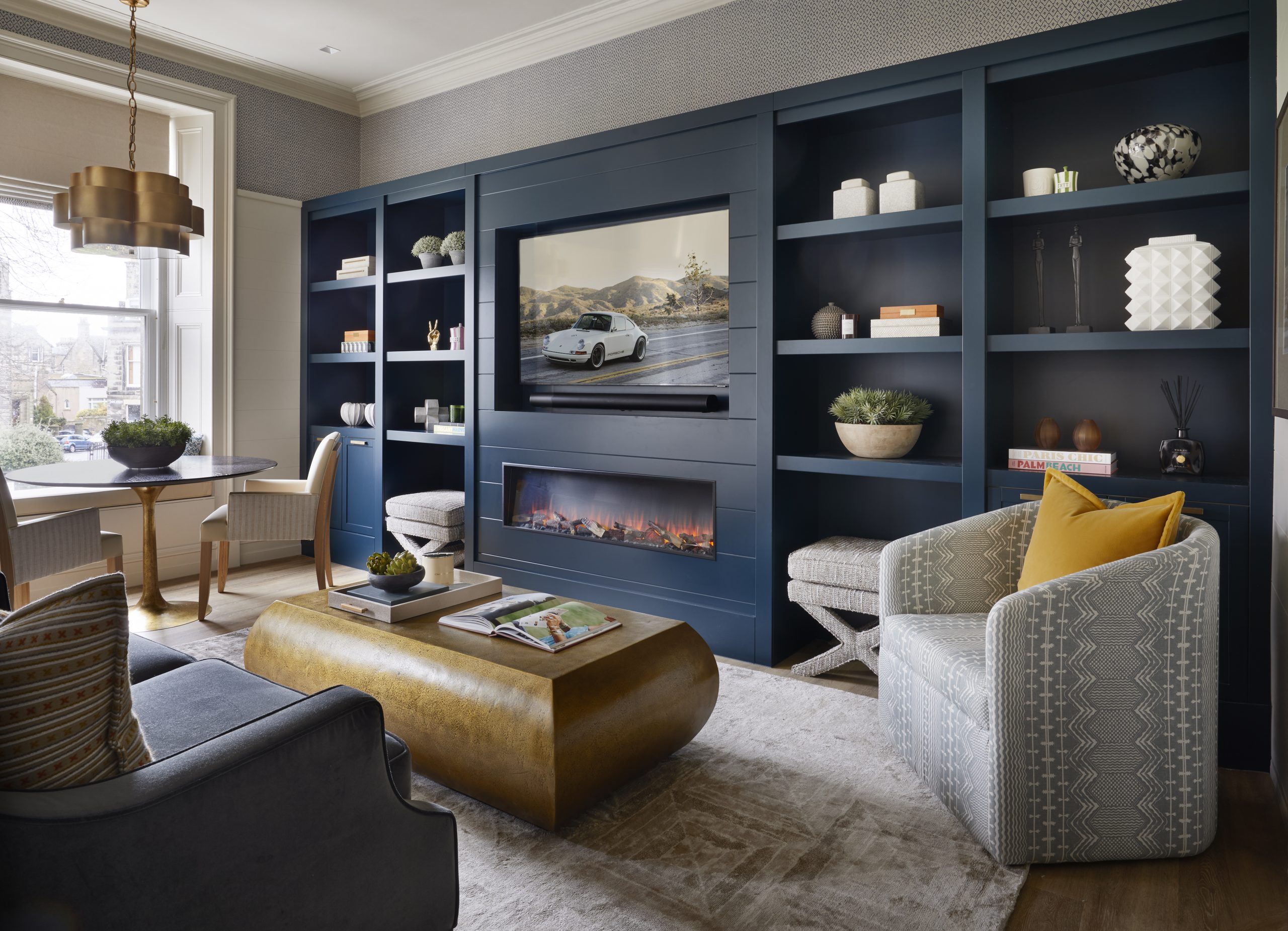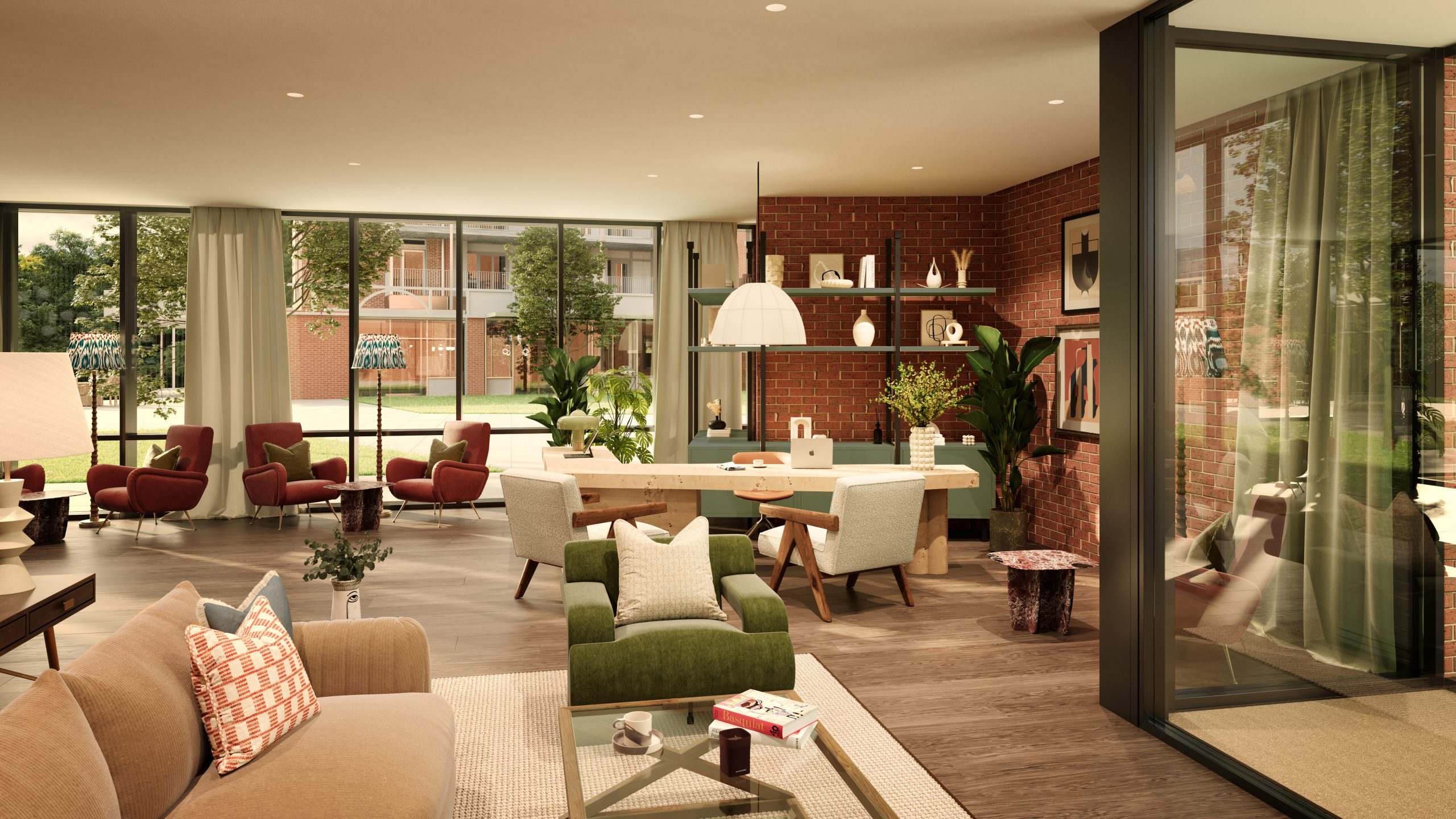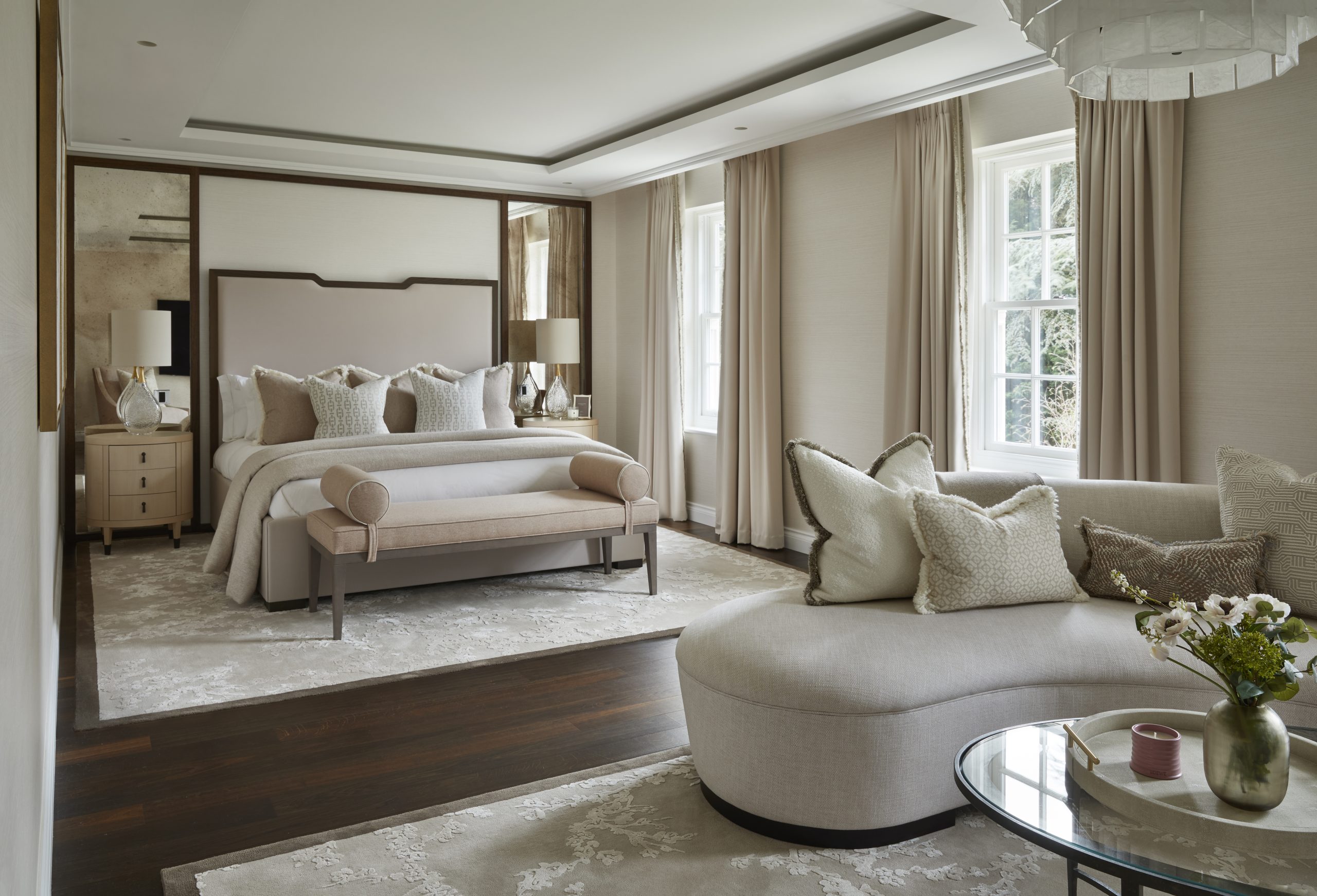By Vicky Stewart, Bernard Interiors
I love telling people about my job, however it’s usually prefaced with an explanation of what interior architecture actually is! Interior architecture bridges the gap between traditional interior design and decoration, and architectural detailing – often working within the confines of an existing building. My specialism is working with period and listed buildings, navigating all of the complexities that come with a site steeped in history, restrictions and protective legislation. As an interior architectural designer, I am a creator of spaces, a conservator of history and a curator of experiences. It’s my role to create informed and meaningful design proposals that will add value for our clients whilst respecting the relationship between the existing and the new.
My involvement with heritage buildings ranges from a hotel development in an 18th Century City Mansion in Paris (built for an advisor to Louis XV) which was a designated monument historique by the French state due to its Rococo façade; to a Grade II listed Georgian townhouse in Mayfair that is to become a Private Members Club. I’ve worked with a 1920s building, inspired by Beaux Arts in Los Angeles and a palatial country house hotel in Scotland. Each country has its own take on heritage rules and restoration principles, some more lax than others! It’s so rewarding working with unique historic and listed buildings, sensitively bringing them back to their glory days for people to enjoy.
Proposing a new interior scheme in a historic building doesn’t come without its challenges. You cannot expect a structure built in the 18th Century to function like a new build! I work with a team of specialists throughout the design process, from heritage officers, conservation architects, mechanical and electrical consultants and structural engineers to ensure that the existing fabric can cope with a new intervention. Our aim is to make it habitable by retrofitting means of heating and cooling, introducing new electrics, lighting and even wireless capabilities. There may be some repairs and restoration to do to the existing interior fabric, ordered and approved by the heritage officer – whether it’s making good of damaged panelling or reinstating certain elements that hold historical value and add to its character. All of this coordination happens alongside the interior concept generation and design process.
It’s important to be sensitive to the heritage of the site by creating a narrative that is anchored in the building’s history and context – the new design has to be intentional and authentic. You are taking inspiration from the existing, rather than creating a pastiche of the original. For example, you may do an initial site walk and fall in love with the original parquet floors, a scrap of wallpaper hidden behind layers of paint, or a pattern in the original plasterwork. These are details that can be taken away and developed into a considered scheme – perhaps repeating that discovered pattern in a bespoke carpet or using a new engineered timber that is a nod to the original parquet.
I’m currently working on the development of a historic estate in Solihull which includes new build residential apartments, nursing and care facilities and the refurbishment of a listed mansion. The mansion is built in a mix of styles, mostly a blend of Tudor and Jacobean. It would be wrong for our new scheme to imitate these styles, so instead we have taken our design influence from the history of horticulture at the site. The mansion boasts a beautiful, walled garden with a hedge maze and a cutting garden. We’ve taken the textures and rich colours found in nature and applied them to our interior scheme, from botanical print fabrics and wallcoverings to rattan fronted joinery. The bespoke carpets are inspired by garden latticework and the artwork features Victorian sketch studies of flowers and birds. These elements allow us to create layered, authentic, future heritage interiors that are classically beautiful and carefully curated. This ensures our projects will feel refined and comfortable now and in years to come.




